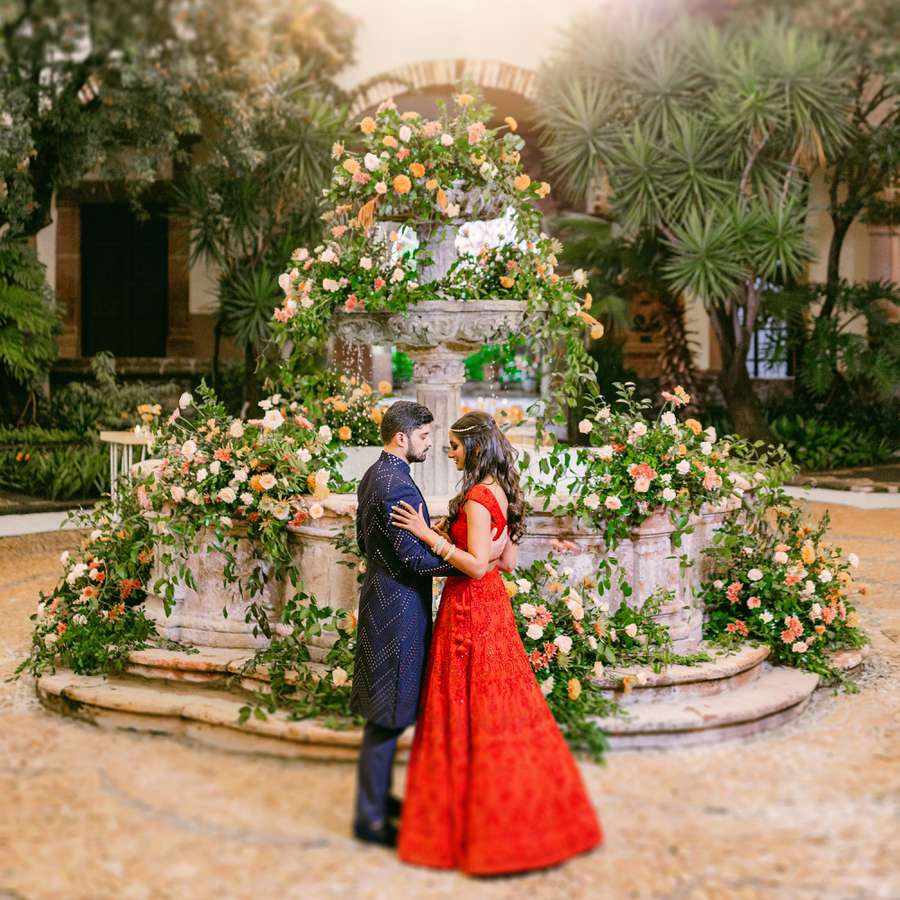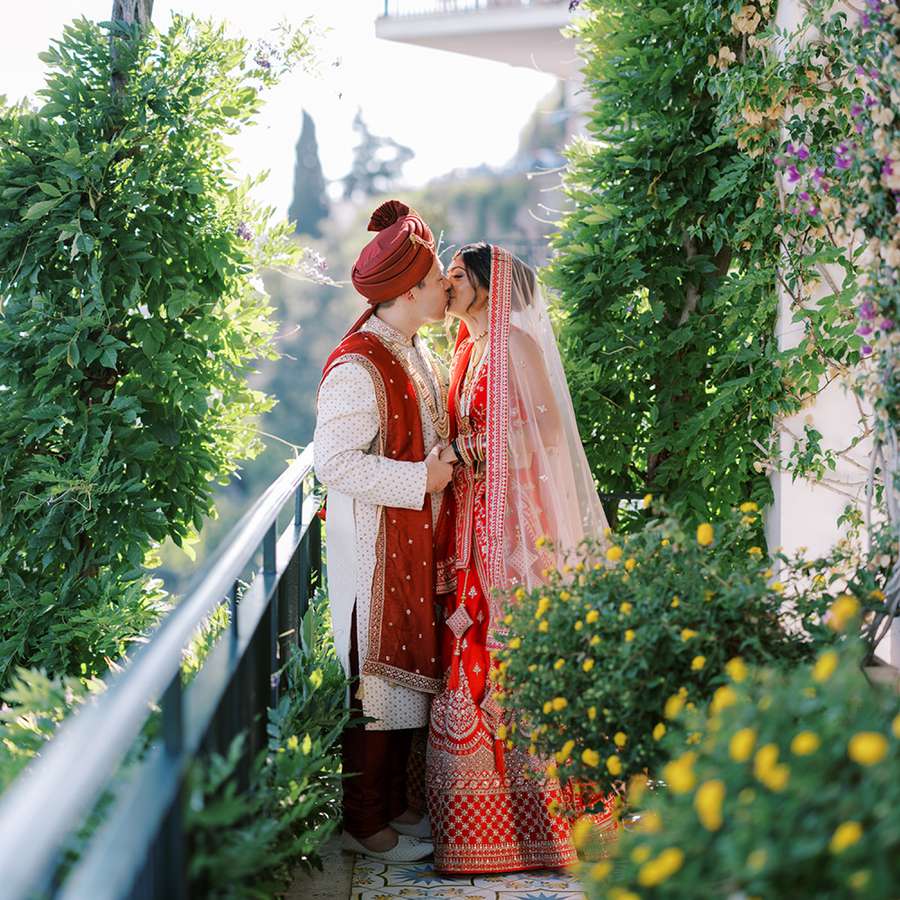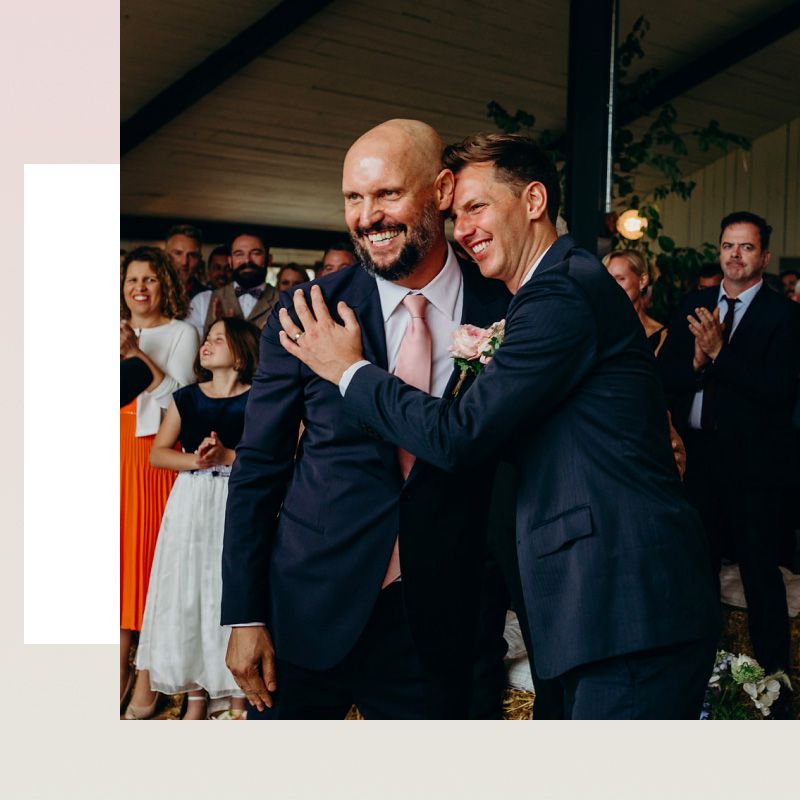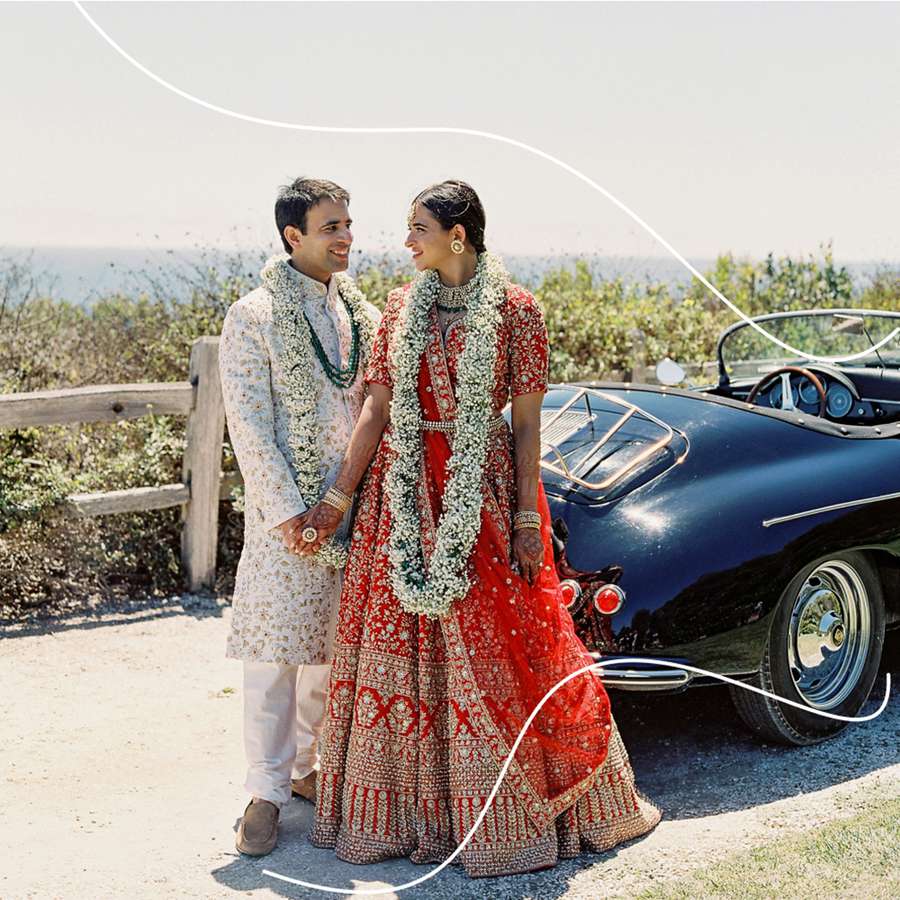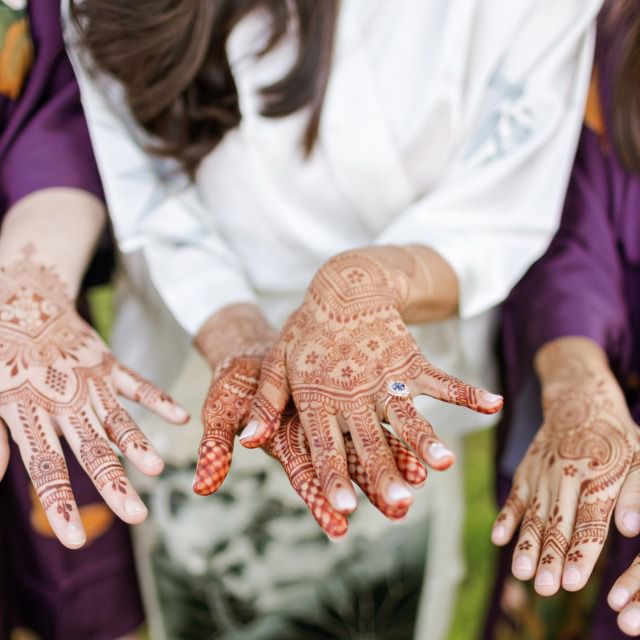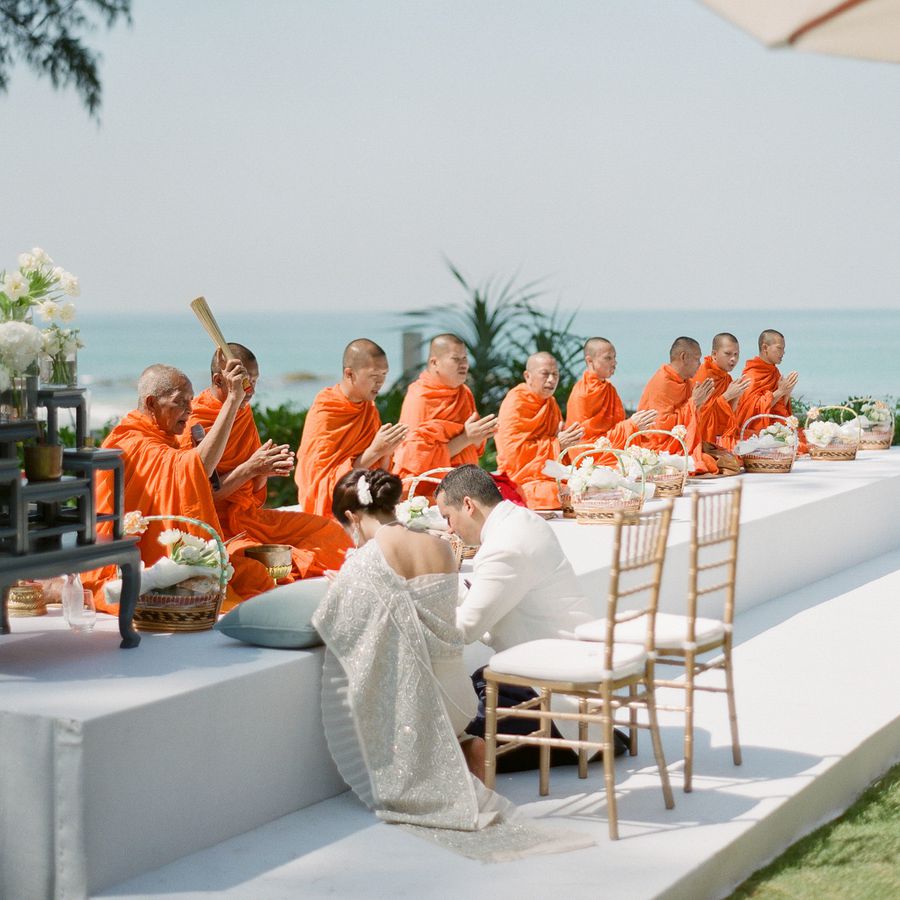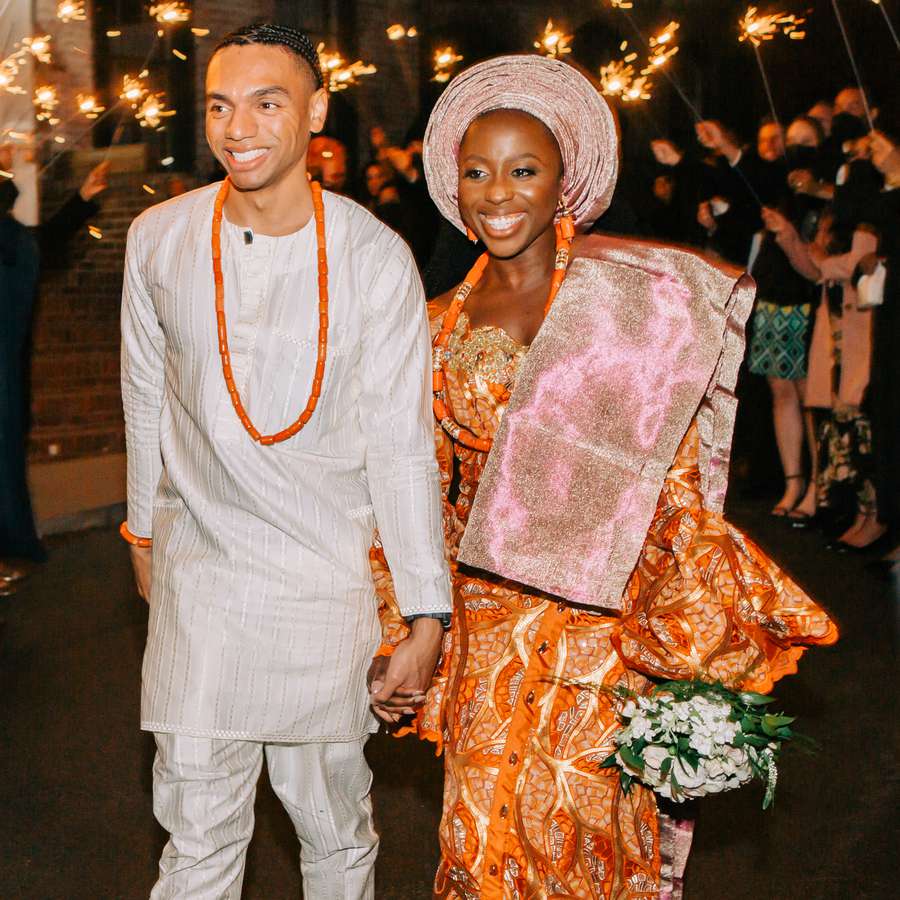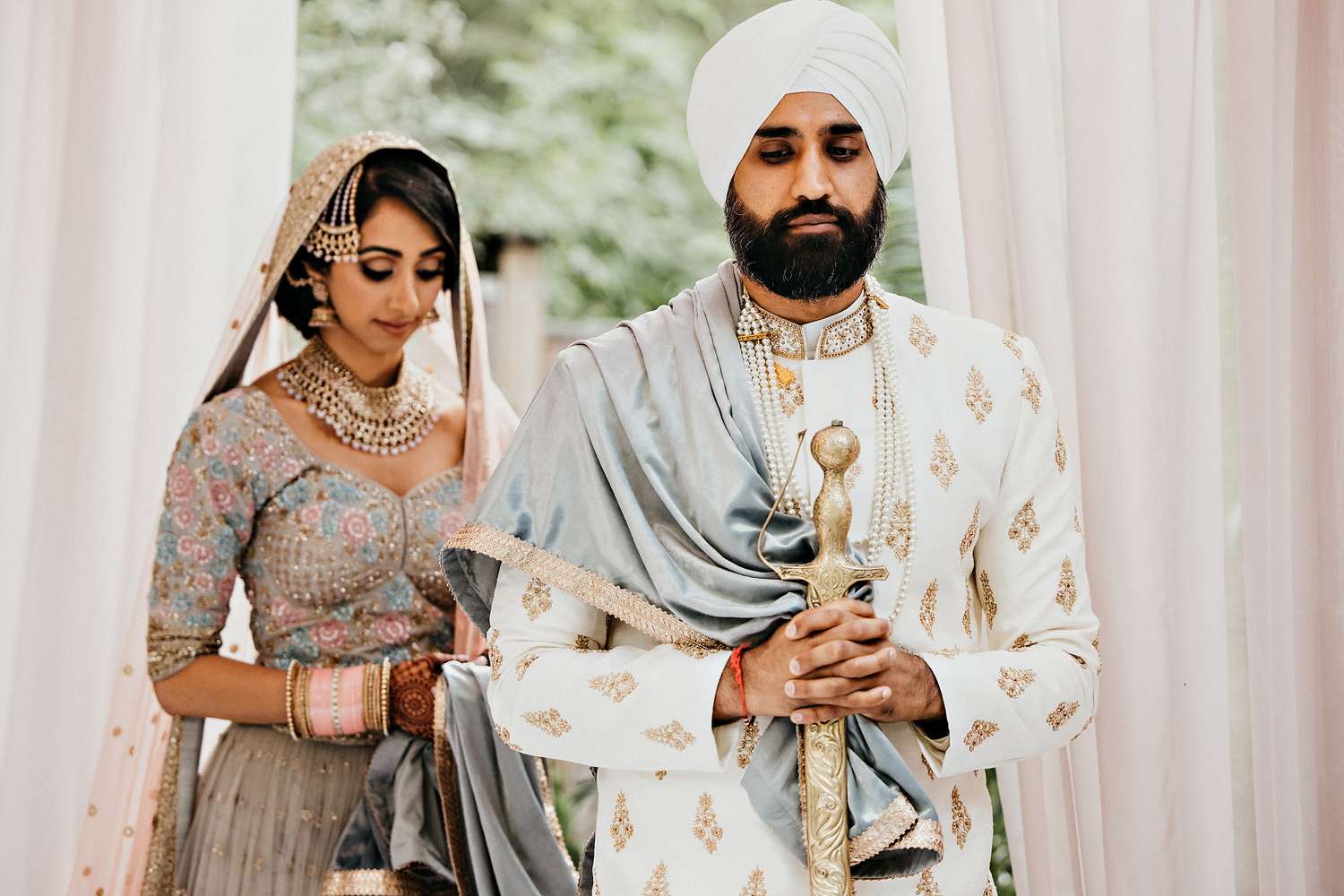
Photo by Amrit Photography
A celebration that honors both heritage and personal choice, many aspects of a Sikh wedding focus on interpersonal moments between family members and the couple, ultimately reflecting on what truly matters in life. If you're planning a wedding and are interested in learning more about Sikh marriage traditions, we consult with experts Dr. Simran Jeet Singh and Lakhpreet Kaur. Dr. Singh explains, “Sikhi is a distinct religious tradition with its own practices that play out in a wedding ceremony."
Meet the Expert
- Dr. Simran Jeet Singh is a Sikh religious studies scholar, a 2020 senior fellow for the Sikh Coalition, and has previously spoken at the White House and The Pentagon.
- Lakhpreet Kaur is the founder of Kaur Life, an online nonprofit media outlet that empowers young Kaurs or Sikh-identifying women.
The Anand Karaj, the Sikh religious wedding ceremony, carries a variety of traditions catered to close family members, while the reception and other cultural events are grander celebrations that can complement the marriage union. “The Anand Karaj brings some sort of connection between the new couple and the Guru to make a joint promise that this is the lifestyle they intend to live to one another,” adds Dr. Singh.
Though most South Asian weddings include a sangeet as well, they’re not required in Sikh weddings, but usually occur as most Sikhs are Punjabi. “People can have their own spins and twists based on personal preferences where a few things are missing or are added, but the core parts will be standard.”
If you're planning a Sikh celebration and want to learn more about the marriage customs commonly associated with these celebrations, read on.
Anand Karaj
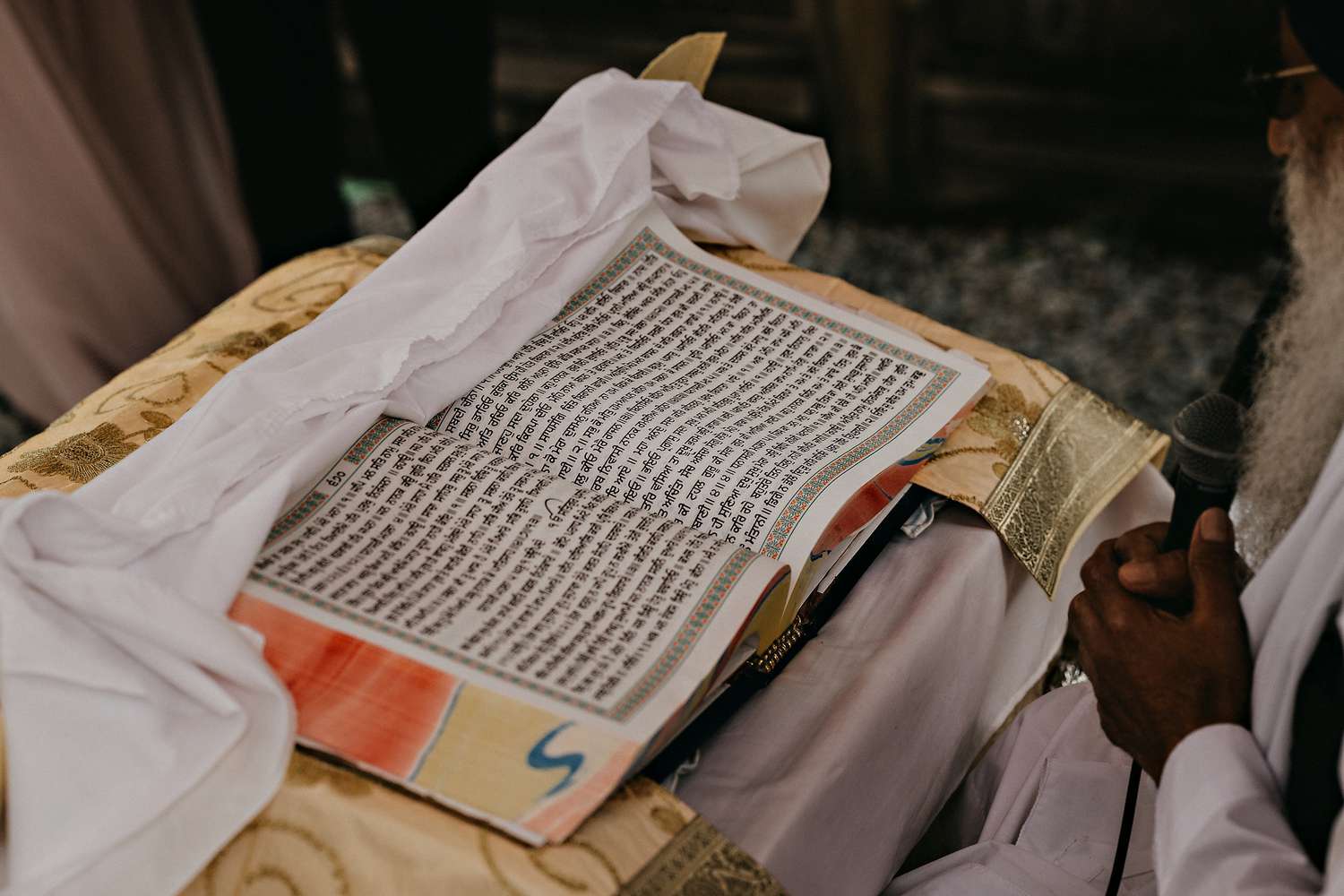
Photo by Amrit Photography
Anand Karaj means “ceremony of joy” and takes place in the gurdwara, a Sikh place of worship. “It entails singing from Guru Granth Sahib. Members of the family or congregation will be invited to select shabads, or religious musical compositions, from the scripture to share with the community,” Dr. Singh says. The ceremony is rooted in kirtan, which is sung recitations of shabads. With today’s technology, he explains, “wedding parties will often have an overview of what is happening in English or scripture translated in English. It’s a nice way for people who are attending the ceremony to have a sense of what’s going on and be active participants in the program.”
Baraat
The Baraat, the arrival of the groom, includes an intense greeting by the bride’s family at the gurdwara. “Historically, the groom arrived riding a horse, but now they might come in modern forms too, like luxury cars or motorcycles,” Dr. Singh shares. It’s an exciting start for both wedding parties who are about to join together. Sometimes, the bride’s relatives will tease the groom, asking him for coins or gifts in exchange for getting inside the gurdwara. This is often for just keeping up with cultural traditions, as the bride is seen as being “taken” by the groom, so he must “earn” his way to her.
Milni
:max_bytes(150000):strip_icc()/harneet-and-sim-wedding-09-751a2394084a41dc816b0f3c4a11c728.jpg)
Photo by Amrit Photography
During the Milni, or introductions, it’s all about celebrating two families coming together. There is a major emphasis placed on the families’ roles, where everyone meets each other individually to see the different relations of the couple. The elders are introduced to one another over a cup of warm cha, or masala tea. The bride’s relatives often give cash and clothes to the groom’s close relatives, from oldest to youngest.
Ardas
During the ardas, or the congregational prayer, everyone stands together to reflect on their inner values. “The wedding shifts from something more familial and celebratory to something more religious that marks the time for the official ceremony,” Dr. Singh explains. During this time, the couple prepares to be officially wed and initiates a major life moment together. It notifies the couple that they are about to form a promise between one another and the guru that this is the lifestyle they intend to live together. There is one ardas at the beginning and one at the end, right before langar.
The Laavan
:max_bytes(150000):strip_icc()/harneet-and-sim-wedding-19-ecb9ee187337477799cab2a34db6f3ea.jpg)
Photo by Amrit Photography
When everyone finally makes their way inside the gurdwara, the bride and groom sit on the floor next to each other in front of Guru Granth Sahib. The Ragis, or Sikh musicians, begin to recite and sing each verse of the laavan (marriage prayer), signifying the couple to walk around Guru Granth Sahib four times. “This practice of walking around signifies to themselves and the community the importance of a Guru-centered life and is a public promise that it is something we intend to do as a couple,” Dr. Singh says. The laavan is the most crucial part of the ceremony that unites the couple together through four verses of scripture and religious messaging. It’s also important because laava means to break away or enter a new stage in life.
Sikhia
Sikhia is another major aspect of the Anand Karaj, in which a community member with wisdom and experience will sit before the couple. They will offer guidance on what the religious tradition teaches and what marriage means from a Sikh perspective, according to Dr. Singh. This is significant because life experience is personal, yet someone giving wisdom can actively help the couple chart a stable future forward together. At the ceremonial closing of Guru Granth Sahib, langar and kara prashad, sweet wheat pudding, is served.
Jewelry and Makeup
:max_bytes(150000):strip_icc()/70-AMR_3527-48c6aaa3f3774662ac8d8f30ad179a6f-83d390daf515467cb43e2f99a3154b23.jpg)
Photo by Amrit Photography
“If we are looking at traditional Sikh aspects, makeup and jewelry are not central to the wedding ceremony as they are not religiously significant,” says Kaur. However, Punjabi culture encourages brides to wear bold makeup and heavy jewelry, such as gold necklaces, choorian, and tikka. Some weddings have separate days to apply mehndi on the bride as well. Kaur says the bride is adorned with gold jewelry as a way to ensure financial security in her new home. Her arms are covered in a set of red and white choorian, or bangles, and people touch them as a way to wish the bride well. Her head is adorned with a jewel tikka, a pendant worn in the middle of the forehead, which some believe will protect the bride from the “evil eye.”
Jaggo
“Jaggo is a time for singing and dancing where the bride’s female relatives will dance with pots on their heads decorated with oil candles,” Kaur explains. Jaggo literally translates to “wake-up” and this event would have historically happened by alerting the village at night about the upcoming wedding. The women are then greeted with cha and barfi, assorted Indian sweets, and dance around as many homes throughout the night. It’s definitely a loud and joyous ceremony that celebrates the bride joining another home and embarking on a new journey with her husband.

